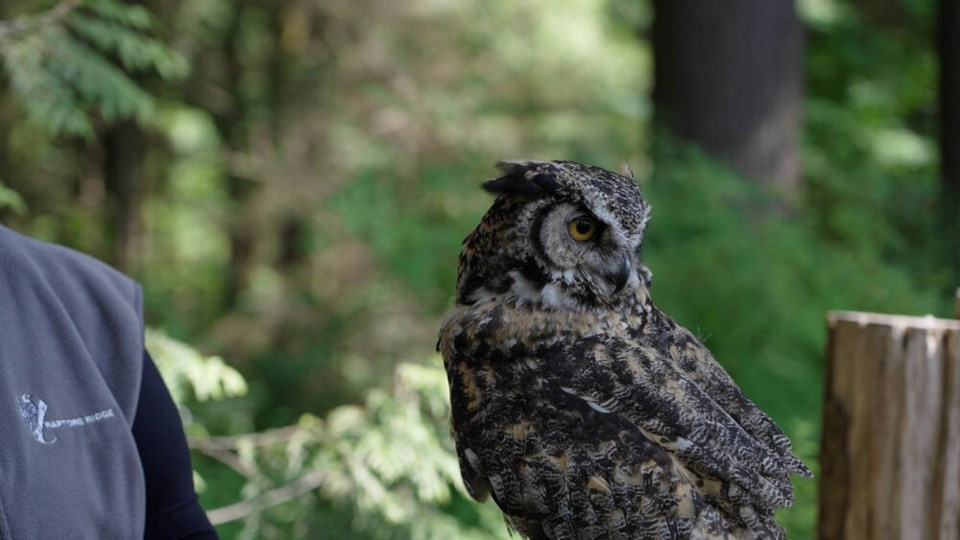Black-capped chickadees, American robins and white-crowned sparrows. Dark-eyed junco’s, stellar’s jays and American crows.
The birdlife that calls North Shore skies home is so plentiful it would quicken the heart of even the most experienced of twitchers, and so it was about time, really, that BC Bird Trail branched its offerings to across the bridge.
Since launching in 2020, BC Bird Trail has been the go-to-guide for anyone hoping to get better acquainted with the province’s vast and varied birdlife. The website serves up self-guided itineraries stuffed with all the attractions, activities and accommodations that would appeal to visiting birders.
The recently launched North Shore outpost, put together in collaboration with the North Shore Tourism Association, comprises 23 locations from the expansive Maplewood Flats to the peak of Mount Seymour.
“The Maplewood Flats Conservation Area, the first spot we direct people to, is an incredible spot,” said BC Bird Trail’s project co-ordinator Hollie Galloway. “You can expect to find 300 acres with a variety of different habitats that support over 250 species of birds throughout the year. It’s a pretty incredible place, and it’s really accessible.”
Other highlights include Ambleside Park, Grouse Mountain, Cypress Provincial Park, Horseshoe Bay and Capilano Suspension Bridge Park, with its Raptors Ridge educational program running from April to early September.
Galloway said the trail is designed to create an overall experience, a one- or two-day excursion, for those that are birding curious or “beginner birders” looking for guidance.
“It’s about providing an access point for people to try it for the first time, or incorporate it into a trip they’ve already got planned in the area,” she said.
Accessible across generations and demographics, it is an activity that someone can embark on with grandparents, parents, or friends, she said, one that offers a boost to health and mental wellbeing for all involved.
“It’s actually pretty incredible to see some of the studies that have come out on the mental and physical wellbeing benefits of not just spending time in nature, but birdwatching specifically,” she said. “People living in neighbourhoods with more birds and shrubs are less likely to suffer from depression and anxiety, and have lower stress levels. There’s also the aspect of helping us connect to the changing of the seasons, and to the natural world around us.”
The skies are an ever-shifting landscape for bird watchers, said Galloway, and while autumn might be seen as the season of simmering down for wildlife viewing, she assures binoculars shouldn't be put away just yet.
“We’re getting towards the end of the fall migration season, so the number and variety of birds around will start to drop off a little bit. However, because the North Shore does have such a mild climate, we do have a large number of species that will spend the winter here.”
In local forests, Galloway said new feathered friends could include the small and rotund black-capped chickadees or the northern flicker variant of woodpecker. Gray jays, also known as whisky jacks, are “very charismatic little birds” frequently spotted at Cypress Provincial Park, while harlequin ducks, waterfowl and great blue heron’s will linger by North Shore waters all season long.
Mina Kerr-Lazenby is the North Shore News’ Indigenous and civic affairs reporter. This reporting beat is made possible by the Local Journalism Initiative.



